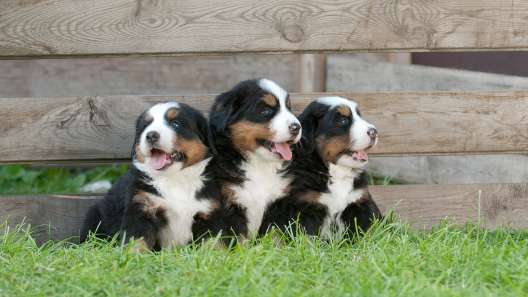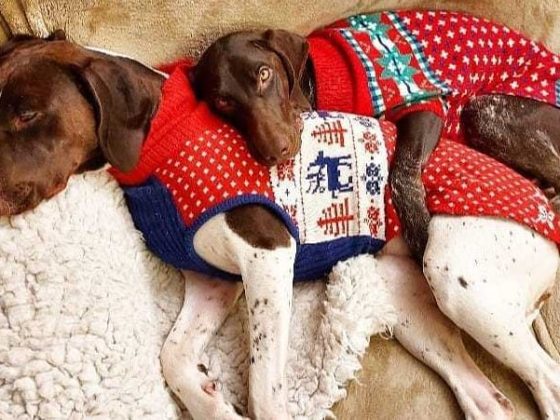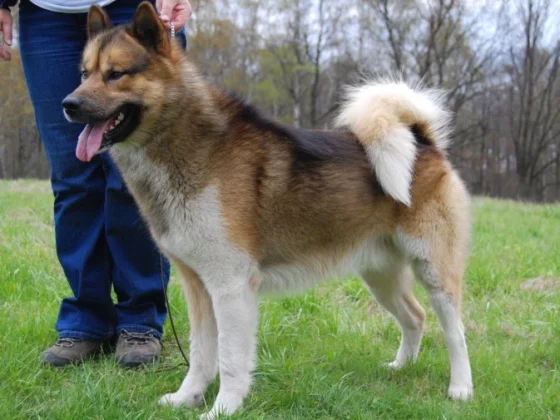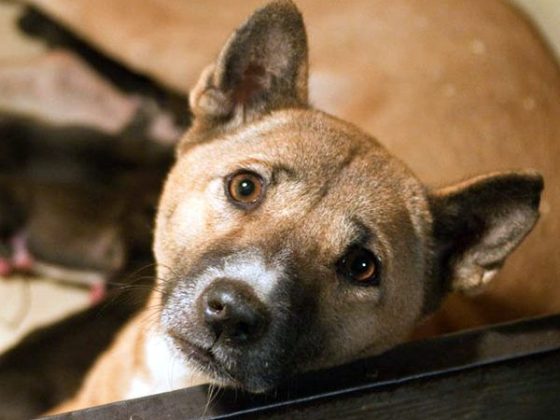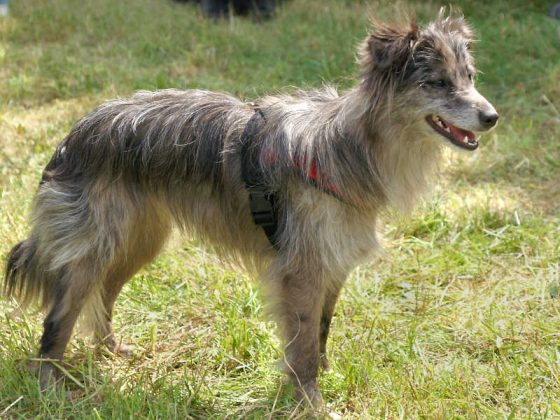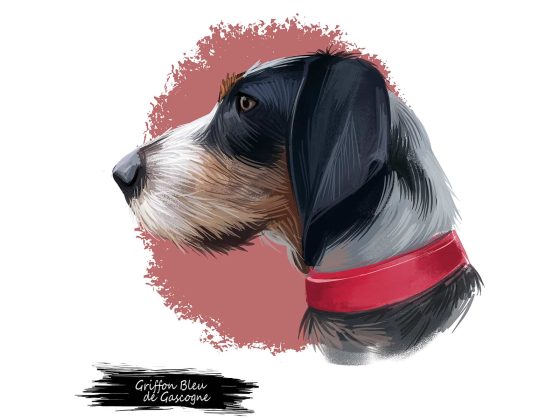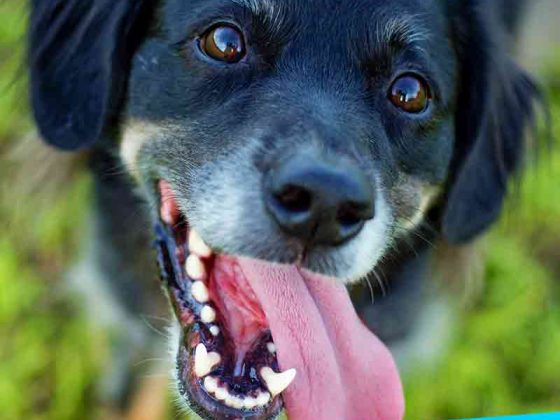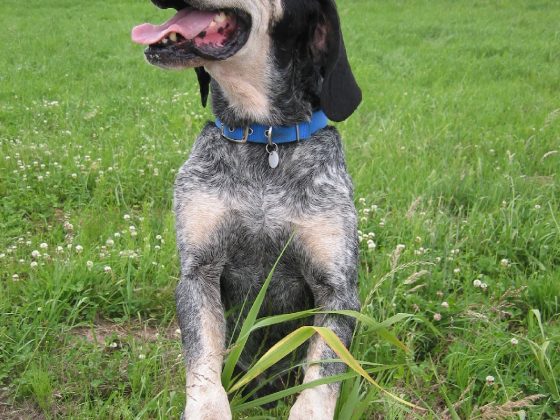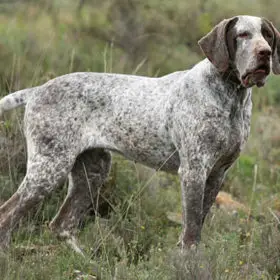Also referred to as the Berner Niederlaufhund, the Small Bernese Hound is among the tiniest of the scent hounds. This mid-sized breed was cultivated for hunting, an attribute that hunters found impressive. Thanks to their potent olfactory abilities, they’re also employed in shooting sports.
Beyond their hunting prowess, they’re notable for being dynamic, smart, and steadfast—qualities that make them an excellent match for active families, hunters, and seasoned dog owners. Their instinct to protect endears them to their families, a trait that also makes them dependable watchdogs.
Origins and Background
Artwork from as far back as the 9th century hints at the existence of the Small Bernese Hound. These depictions show them with leaner bodies than their current form. Swiss Alpine hunters appreciated their scent-detection and hunting abilities, contributing to their popularity. Around the 18th century, these breeds were smaller and short-legged. Their size was further reduced through breeding with the diminutive Swiss Laufhund to make them more suitable for hunting.
Behavioral Characteristics of the Small Bernese Hound
The Small Bernese Hound, a strong hunting breed, is cheerful, affectionate, and well-suited for family homes. Due to their innate hunting instincts, they display dominant behavior, requiring a firm leader. They’re not well-suited for apartments or homes with small yards, preferring wide open spaces where they can run and train freely. Early socialization is essential to prevent the development of problematic behaviors. Socialization also helps to prevent dogs from developing destructive behaviors at home.
Training should always involve positive reinforcement as it nurtures a strong bond and maintains trust and respect. It also promotes a less aggressive temperament and helps to prevent anxiety or depression. Physical punishment and harsh words should be avoided as they can lead to negative outcomes.
Trainability of the Small Bernese Hound
The Bernese Hound is an intelligent breed that quickly grasps commands and training. However, they require an experienced handler as first-time owners might find training challenging. Their occasional stubbornness can make training difficult for some trainers. This breed requires a confident leader who is firm and consistent during training sessions. They respond well to positive reinforcement and perform well when trained at an early age.
Compatibility with Children
The Small Bernese Hound, a friendly breed, typically gets along well with children. They make excellent playmates and can spend hours playing in the playground or backyard. They’re also generally friendly with other pets, although supervision is necessary. Being scent dogs, some may not like smaller pets such as guinea pigs, rabbits, and ferrets. It’s important to teach your dog and your children to behave appropriately around each other.
Health Concerns
Patellar Luxation: This condition involves the dislocation of the kneecap from its original position. Symptoms can include limping, weak legs, swelling, and skipping steps while walking. Consult your vet for proper treatment, which may include surgery.
Skin Allergies: Skin allergies are common among dogs, and the Small Bernese Hound may be more susceptible. Symptoms can include scratching, skin infections, and licking. This lifelong condition requires ongoing care and frequent check-ups.
Interesting Facts
The Small Bernese Hound joined the Swiss Niederlauifhund Club (SNLC) in 1905.
In the 1930s, they gained popularity and were considered by many enthusiasts to be the world’s greatest hunting dogs.
Because of their low numbers, they are considered a rare breed, found only in specific areas.
Colors
Pied
Size
Height: Male Small Bernese Hounds average 13-18 inches in height, while females stand around 12-17 inches.
Weight: The average weight of a Small Bernese Hound is 18-33 lbs.
Similar Breeds
Bruno Jura Hound
Schweizer Laufhund


